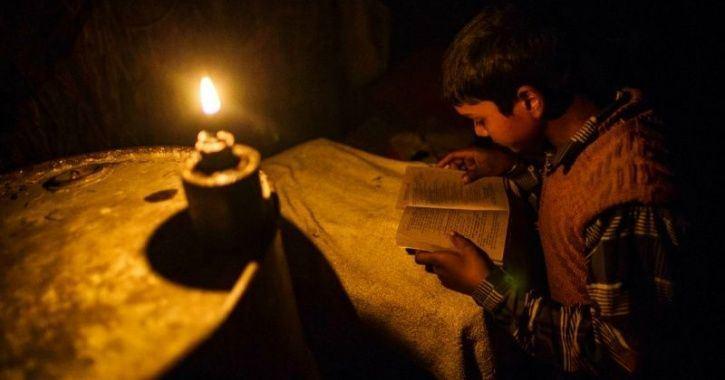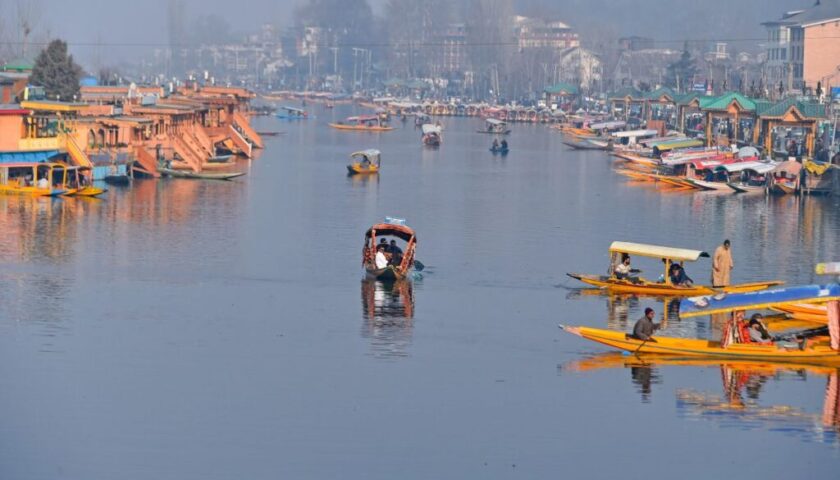Unscheduled Power Cuts Haunt Kashmiris as Winter Approaches
Srinagar, November 2, 2024 – In stark contrast to promises of seamless electricity supply, Kashmir is grappling with extensive power cuts, stretching from five to ten hours across the region. These prolonged outages expose the fragile state of its power infrastructure, leaving residents frustrated and in the cold.
Promises Unkept Senior physician Dr. Masood Hassan expressed the sentiment of many Kashmiris when he remarked, “In this modern age, we are witnessing power cuts that seem like a forgotten narrative from a decade ago.” His comments underscore the frustration of residents facing prolonged electricity disruptions, a throwback to a time many hoped was behind them.
A Critical Shortfall The Kashmir Power Distribution Corporation Limited (KPDCL) has revealed a critical supply deficit. “Currently, Kashmir is receiving just 1,500 MW of power against a demand of 2,500 MW,” a KPDCL official disclosed. This shortfall is particularly acute in rural areas, where power cuts are not just frequent but often prolonged, exacerbating the difficulties faced by residents.
Winter’s Early Bite The early onset of bone-chilling winters has further exacerbated the situation. “On average, at least 50 Distribution Transformers (DTs) are getting damaged every day,” a top KPDCL official told Kashmir News Observer. The primary culprits are overloading and the widespread use of crude heating gadgets. “Most of the DTs are getting damaged in rural areas where most consumers are unmetered,” the official added. Each damaged transformer represents a significant financial burden, with replacement costs ranging from ₹2 lakh to ₹2.5 lakh.
Mounting Challenges In November alone, the corporation reported that 1,043 DTs were damaged, with 1,035 simultaneously restored. Chief Engineer Aaquib Waheed Deva offered a solution: “Snapping of power within 15 or 20 minutes is primarily due to simultaneously powering on all heating gadgets.” Deva further advised consumers to “adjust their heating load at the time of resumption of power supply after curtailment hours” and assured that “if the heating load is judiciously synchronized within the sanctioned load, unscheduled power outages will disappear.”
Despite maintaining a buffer stock of 1,554 DTs through reclamation in various divisional and central workshops, the power corporation continues to battle infrastructure challenges that are leaving residents in the cold.
Struggle for Warmth The stark reality of Kashmir’s power situation remains: smart meters and promises of uninterrupted supply have given way to the harsh truth of persistent electricity cuts. Residents are left frustrated and searching for warmth as they navigate the challenges of daily life without reliable power.
Detailed Exploration of the Crisis
Historical Context Kashmir’s power woes are not a new phenomenon. The region has long struggled with an inadequate power supply, particularly during the harsh winter months. The promises of improved infrastructure and uninterrupted power supply have repeatedly fallen short, leaving residents to bear the brunt of the failures.
Impact on Daily Life The power cuts have a significant impact on daily life in Kashmir. Businesses suffer, students are unable to study, and families are left in the dark. The unreliable power supply disrupts routines and exacerbates the challenges of an already difficult winter season.
Voices of the Affected Residents across Kashmir have voiced their frustration and despair over the power cuts. “We can’t even use basic appliances like heaters and water heaters,” said Altaf Ahmad, a resident of Srinagar. “It’s like living in the past, with no modern amenities.”
The Role of Overloading and Crude Heating Gadgets One of the main reasons for the frequent damage to distribution transformers is overloading, often caused by the widespread use of crude heating gadgets. These devices, while providing much-needed warmth, put a significant strain on the power infrastructure, leading to frequent breakdowns.
Financial Burden The financial burden of replacing damaged transformers is substantial. With each transformer costing between ₹2 lakh to ₹2.5 lakh, the cumulative cost is a significant strain on the power corporation’s resources. This financial strain further complicates the corporation’s ability to address the underlying infrastructure issues.
Official Statements and Proposed Solutions Chief Engineer Aaquib Waheed Deva and other officials have proposed solutions to mitigate the power cuts. These include adjusting heating loads and ensuring that power consumption is within the sanctioned load. However, the effectiveness of these measures remains to be seen, and residents continue to endure the power outages.
Looking Forward As winter deepens, the need for reliable power supply becomes even more critical. The KPDCL faces an uphill battle to address the supply shortfall and infrastructure challenges. Residents remain hopeful that the promises of seamless electricity supply will eventually be fulfilled.




